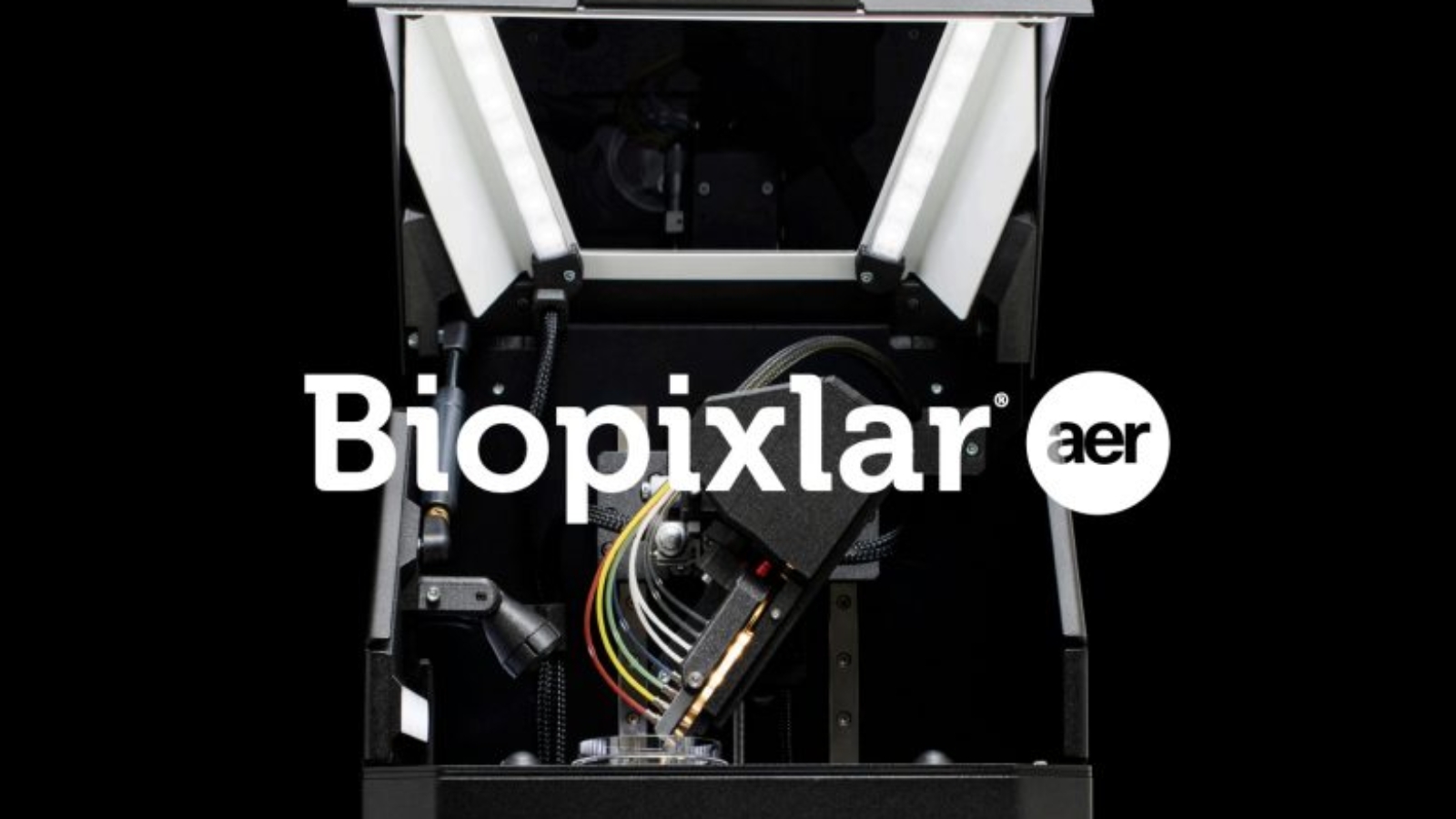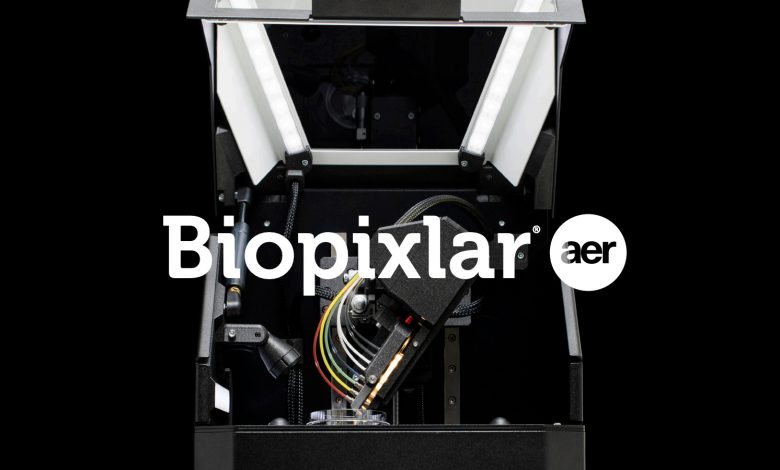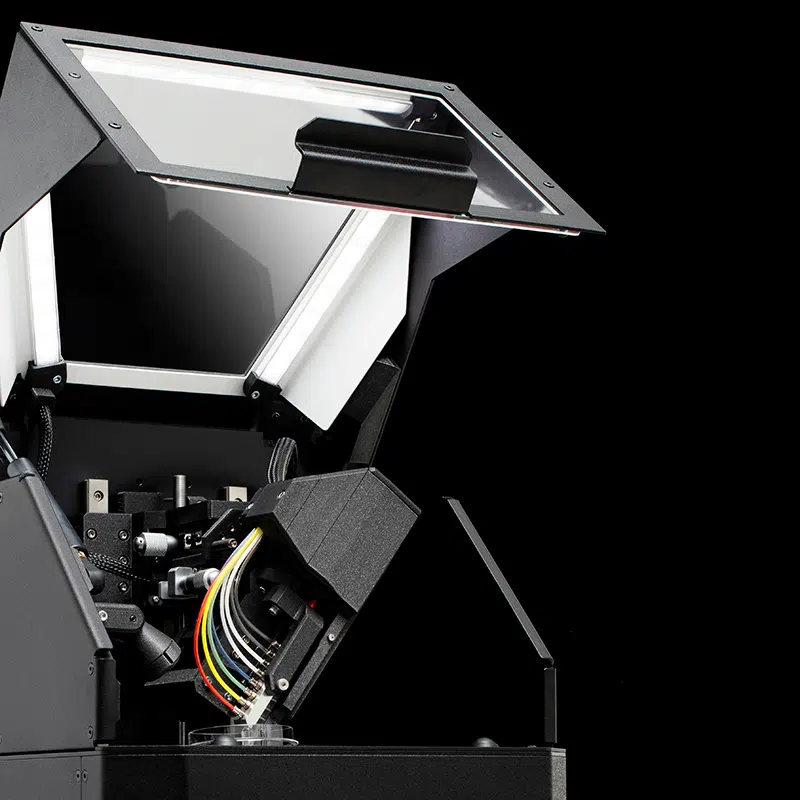Swedish bioprinting company Fluicell launched its second single-cell 3D bioprinter: the new Biopixlar AER is a compact 3D bioprinter that lets users create detailed biological tissues with high precision. It is the world’s first microfluidic high-precision bioprinter that fits inside a standard flow hood or biosafety cabinet. Fluicell designed it for high automation and easy workflow integration, with the goal of bringing Biopixlar technology to new customer segments.
Biopixlar AER brings the same high-resolution Biopixlar bioprinting technology with single-cell resolution that the Company’s customers are used to, but in a compact and portable format that meets market demand for customizable platforms, tailored to today’s laboratory environment.
“With Biopixlar AER, we have reached a new important milestone and we can now offer a pioneering product, fully tailored to meet current and future needs in the rapidly accelerating life science and research sector,” said CEO Victoire Viannay. “Biopixlar AER has been developed by Fluicell’s R&D department under the leadership of CTO Gavin Jeffries and is a result of our targeted innovation-work focusing on the desire among researchers for compact and easily integrated bioprinting platform that can offer the same high resolution as our other Biopixlar instruments. With this new platform within the Biopixlar family, we now have a product range that can meet future needs in healthcare and at the same time lets us target new and exciting customer segments.”
Fluicell has developed Biopixlar AER in line with the Company’s long-term strategy to push the boundaries of what is possible in medical research and drug development by combining high-performance bioprinting with flexibility and adaptability. The instrument comes equipped with several user-friendly features that make it easy to integrate in laboratory workflows in combination with other biological and medical practices. The combination of compactness, ease of use and remote control makes the platform attractive for use in demanding environments, for example in the space industry and in deep-sea research.
As part of the development work, the performance and user experience of Biopixlar AER has been tested in research laboratories at Karolinska Institutet, among others.
Oscar Jungholm, Joseph Bruton and Kent Jardemark of the Department of Physiology and Pharmacology, at Karolinska Institutet jointly stated that they “consider Biopixlar AER to be a truly remarkable innovation, which is easy to install and handle via its multi-modal control system. This novel platform enables a broad spectrum of new experimental approaches, such as studies of molecular uptake into cells, advanced electrophysiological recordings via calcium imaging, and studies of cell communication and signaling. Indeed, the Biopixlar AER is also well adapted for precise or local administration of drugs to cells, enabling advanced pharmacological studies.”




Leave A Comment